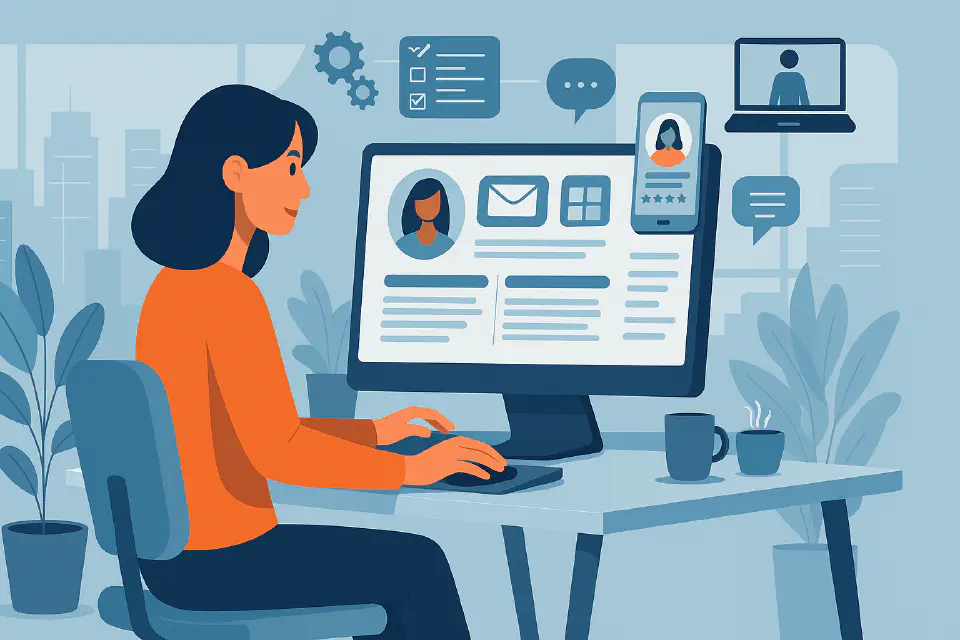
Employee Experience in the Digital Era
A great employee experience today starts with digital. HR must lead the shift from process delivery to experience orchestration.
In the digital age, employee experience (EX) is no longer defined solely by office culture or HR processes—it’s increasingly shaped by technology. From how employees access information, request support, give feedback, or develop skills, every interaction is a digital touchpoint that signals how much the organization values its people.
This article explores how HR can take ownership of the digital employee experience and design systems that are seamless, intuitive, and human-centered—not just efficient.
What Is Digital Employee Experience?
Digital employee experience refers to the quality of an employee’s interactions with digital tools, platforms, and systems in their work lifecycle—from pre-boarding to exit.
It’s not just about interfaces—it’s about how digital channels support employees in getting what they need quickly, easily, and in a way that feels coherent and personal.
Why It Matters Now More Than Ever
- Employees expect consumer-grade experiences at work
- Remote and hybrid work environments rely on digital-first interaction
- Friction in systems directly impacts productivity, engagement, and retention
- Great digital experiences reinforce trust in leadership and culture
The Role of HR in DEX
HR is uniquely positioned to lead the DEX agenda, but it requires a shift from process control to experience orchestration:
- Coordinating across IT, Communications, and business units
- Championing employee voice in tech design
- Aligning EX strategy with moments that matter in the employee lifecycle
Designing a Great Digital Experience
1. Start with Empathy
Use journey mapping, interviews, and data to understand pain points and unmet needs.
2. Simplify and Unify
Employees shouldn’t need to know 7 logins or 4 portals. Design for one-entry-point access with intuitive navigation.
3. Make It Personal
Use data to tailor content, suggestions, and task flows based on role, location, or career stage.
4. Design for Mobile First
Assume employees are on the move—optimize for mobile UX, not just desktop screens.
5. Include Feedback Loops
Integrate quick feedback mechanisms (e.g., pulse surveys, feedback buttons) into digital flows to improve continuously.
Core DEX Capabilities
To support great digital experiences, HR needs:
- Experience platforms (e.g., employee portals, apps, chatbots)
- Journey analytics to track usage and friction
- EX design skillsets within HR or via partners
- Integration of content, services, and transactions in one place
Measuring Digital Experience
Key metrics include:
- Net Promoter Score (eNPS)
- Task success rate
- Digital support response time
- Navigation friction index
- Tool adoption and usage patterns
Combine quantitative data with qualitative insights from interviews and open feedback.
EX and Culture
Digital experience is part of your culture. A system that is slow, clunky, and outdated sends a clear signal: We don’t care enough to make your life easier.
Conversely, great digital experience signals trust, respect, and inclusion.
Final Thought
In the digital era, HR can no longer afford to be neutral in design. Every click, delay, or dead end is a cultural message. By owning digital experience, HR earns its place as a strategic architect of engagement and performance.